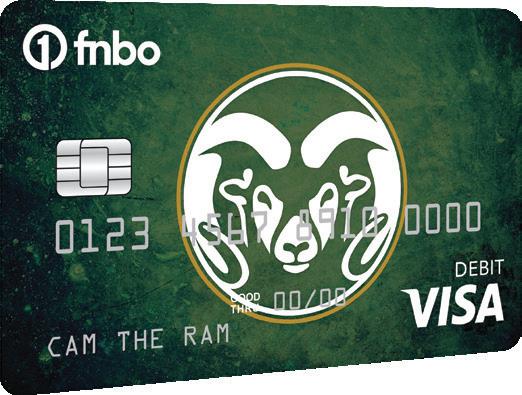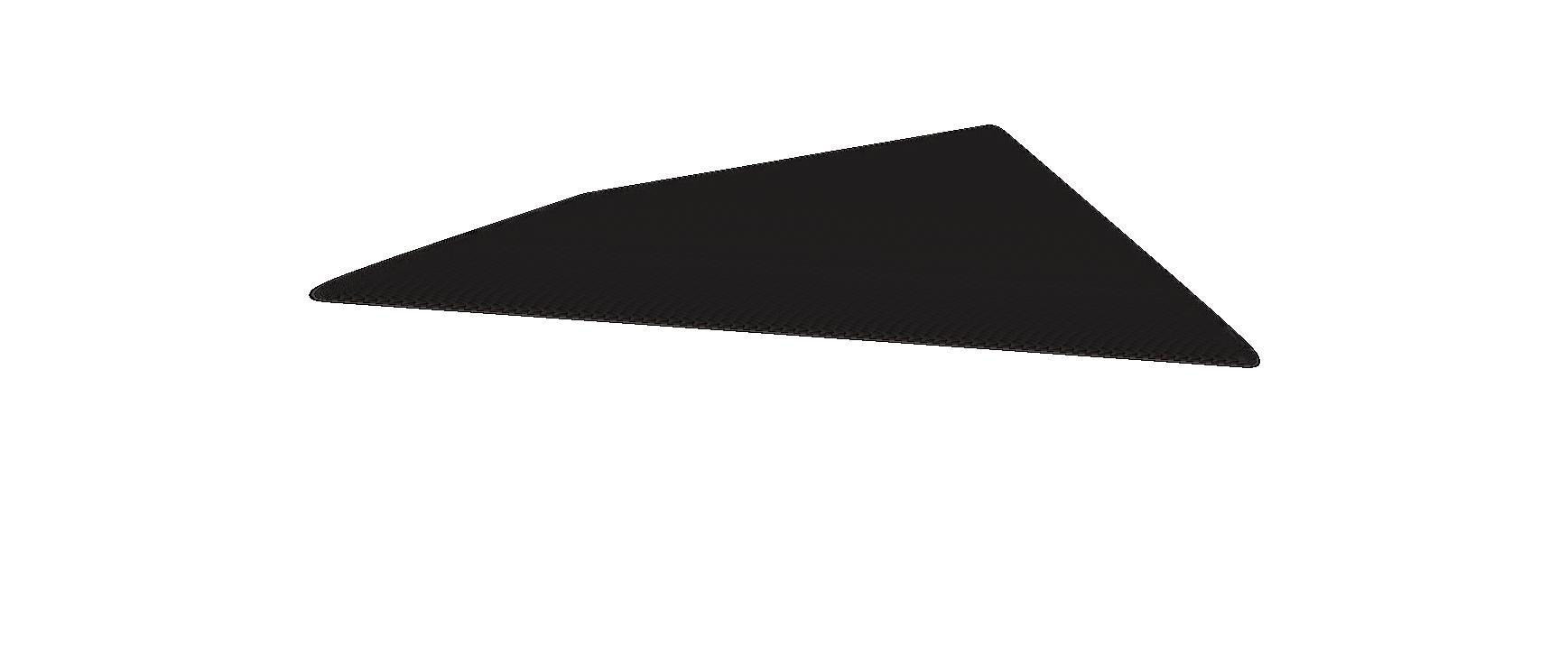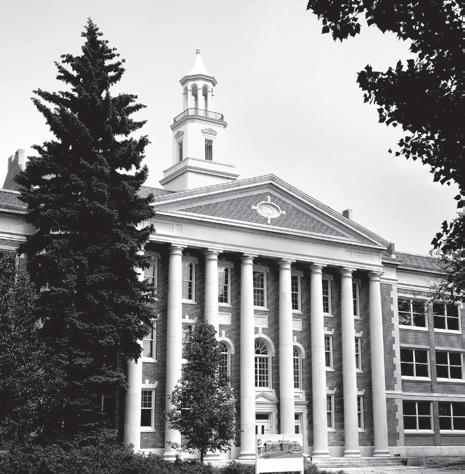THE TENDER LAND
BY AARONDIRECTED BY TIFFANY BLAKE
CONDUCTED BY WES KENNEY
MARCH 30–APRIL 2, 2023

DIRECTED BY TIFFANY BLAKE
CONDUCTED BY WES KENNEY
MARCH 30–APRIL 2, 2023
STAGE DIRECTOR: Tiffany Blake
CONDUCTOR: Wes Kenney
MUSIC DIRECTOR: Tim Burns
CHORUS MASTER: Nicole Ciciliani
REHEARSAL PIANIST: Juhyun Lee
CHOREOGRAPHER: Tommy Grassia
SCENIC DESIGNER: August Mayer
LIGHTING DESIGNER: Katie Simonson
PRODUCTION SOUND ENGINEER: Vijay Sailakham
COSTUME DESIGNER: Maddie James
HAIR AND MAKE UP DESIGNER: Britney Juarez
PROPS MASTER: Kelsey Shell
STAGE MANAGER: Catie Harris
THURSDAY, 3/30 AND SATURDAY, 4/1
Laurie: Kristy Shuck
Ma Moss: Susanna Jacobson
Beth: Lucy Logan
Grandpa Moss: Jake Larcqua
Martin: David Silvano
Top: Deklin Herman
Mr. Splinters: Brianna Dene
Mrs. Splinters: Hayley Price
Mr. Jenks: Ethan Bowen
Mrs. Jenks: Amity Matthews
Off-stage soprano: Alexis Delgadillo
FRIDAY, 3/31 AND SUNDAY, 4/2
Mykayla Fitzpatrick
Susanna Jacobnson
Amity Matthews
Jake Larcqua
David Silvano
Chandler Peveto
Brianna Dene
Hayley Wood
Ethan Bowen
Lucy Logan
Alexis Delgadillo
ONSTAGE OPERA CHORUS:
Alexis Delgadillo, Lauren Haid, Lauren Lang, Mary Grace Phillips, Nina Redding, Sara Jo Reeder, Amaya Ruiz, Aspen Ulibarri, Jasmine Retland
OFFSTAGE CHORUS:
Soprano: Kj Christensen
Allie Parker
Megan Wainwright
Alto:
Shannon Glynn
Sam Hamann
Tenor:
Katelyn Taylor
Jorge Rico
Ryan Bergman
River Brooks
Bass:
Matthew Tabor
Levi Shafter
DANCERS:
Alexis Delgadillo, Lauren Lang, Lauren Haid, Nina Redding, Sara Jo Reeder, Jasmine Retland, Amaya Ruiz, Aspen Ulibarri
After writing mostly instrumental music prior to completion of his opera, The Tender Land, American composer Aaron Copland remarked that vocal music was, for him, a land of unfamiliarity. Written between 1952 and 1954, the opera was commissioned for television by NBC, but producers did not receive it well. Musical theatre duo Rodgers and Hammerstein then funded a grant through the League of Composers for Copland to create an opera suitable for younger, university-level performers. The New York City Opera company finally decided to produce the work, and in April of 1954, The Tender Land premiered with Jerome Robbins as director and Thomas Schippers as conductor. The opera’s reception was not warm. Critics focused on the lack of depth in characterization and storyline, as well as weak melodic material. Later analyses suggested that the poor reception was due to Copland’s writing style, which was obviously meant for a television audience rather than those in a large opera house. Copland had wanted to create a work accessible to a wider range of audiences, rather than one for high-class patrons expecting something reminiscent of grand opera. After the New York premiere, revisions were made to the second act for a performance at Boston’s Tanglewood Institute and then more revisions, including a third act, were added for an Opera Workshop at Oberlin College in May 1955. Recordings of The Tender Land are quite rare, although portions of a concert version at Lincoln Center in July 1965 were released. It was not until 1990, almost forty-six years after the opera’s premiere, that a complete recording was released by Virgin Classics, just weeks before Copland’s death at the age of ninety.
For his libretto, Copland enlisted the help of his romantic partner at the time, Erik Johns, who wrote under the pseudonym Horace Everett. Johns drew inspiration from James Agee’s Let Us Now Praise Famous Men, a book featuring stories of American farmers during the Great Depression. Agee’s goal was to create a work that would provide a record of the lifestyle and conditions of a family of tenant farmers through photos and stories from the people who lived it. The experiences of Americans during the 1930s Depression Era are clearly seen in the libretto of The Tender Land, as well as heard in the music. The opera tells the story of the Mosses, an American farming family from the Midwest, and the changes individual family members undergo when two strangers show up. In the first act, two drifters, Top and Martin, enter the lower-class family’s lives. This family is dealing with how to create meaning in their lives during the greatest economic downfall in American history. During this time, income from farming shrunk by almost sixty percent. High temperatures led to severe droughts and loss of livestock, which in turn led to further economic turmoil. Many despondent Americans placed the blame on themselves. Starting in 1933, President Roosevelt’s New Deal finally brought some solace and relief.
During the period Copland was composing Tender Land, he himself experienced significant loss and hardship. His relationship with Johns was ending, two of his pianists and mentors died, and he testified before Senator Joseph McCarthy’s House Committee, addressing accusations of communist sympathies. Scholars note this poignant sense of loss as a recurrent theme throughout the opera, some of which seem to reject McCarthyism. Johns specifically comment-
ed that he was “thinking about all the false McCarthy accusations and the effects they had on innocent people.” The rejection is seen particularly in the character of Grandpa, when he states that Top and Martin are “guilty all the same.” The politics of the opera suggest that Copland and Johns may have flirted with liberalism and rejected the anticommunist rhetoric of the time.
Musically, The Tender Land combines operatic traditions from previous eras, infused with modern language. The melodies are diatonic in nature, with an orchestral focus on wind instrument colors. The opera incorporates a variety of borrowed folk songs into the melodies of different characters, a tradition that lost its favorability as McCarthyism grew, as the songs were considered untrustworthy. The opera’s best-known selection, “The Promise of Living,” was later arranged by Copland as a standalone SATB choral piece. The song is sung by the opera’s five main characters and provides listeners with an understanding of each character’s individual role and the dynamics between all five. The piece celebrates a musical social unity, an idea that was extremely progressive for the time, as it suggested that community can be accomplished through shared labor. Arguably the climax of the opera, the contrapuntal melodies of “The Promise of Living” adjoin, suggesting the opera’s characters must connect emotionally with each other in order to thrive in their world.
The characters of The Tender Land represent two different facets found within every human being: one strongly connected to home and its comforts, and another that deeply desires to venture somewhere new in order to explore the limitless possibilities of the unknown. Laurie, a high school senior, is preparing for her graduation and reflecting on how time has “dragged heavy and slow” and her belief that she never thought she would grow “tall as this fence.” As Laurie approaches graduation day, she cannot help but let her mind wander and contemplate life beyond her little Midwest farm home. Laurie knows that she is ready to see what else is out there. When Top and Martin, two drifters, show up, Laurie is provided the “out” she so intensely desires. Conversely, Martin enters the lives of the Moss family and very much wants a place to settle down. For Laurie, Martin represents freedom, but for Martin, Laurie represents the possibility of stability. It is this incongruence that ultimately leads the two characters to their ultimate decisions. Laurie states at the end of the opera that she is “ready for leaving like this harvest is ready to be gathered in.” It is worth noting that Copland created a character in Laurie whose decisions were uncharacteristic of girls and unlike other heroines of her time, something audience members resonated with from the very first performance. Laurie is a high school girl who, despite meeting adversity, creates a path that is hers and hers alone. She wants nothing more than to get away and experience the rest of the world. In the end, she may be all on her own, but she does it with her head held high, ready to create her own adventure.
— Notes by Kristy ShuckAct I:
In the American heartland during the Great Depression a rural farming family are preparing to celebrate the high school graduation of the eldest daughter, Laurie Moss. Ma Moss has bittersweet recollections of her own missed opportunities when Laurie’s graduation dress is delivered by the postman, Mr. Splinters. Along with the package, Mr. Splinters delivers gossip that two unknown drifters have accosted a young local girl. Ma Moss frets about her own daughters’ safety.
When Laurie arrives home from school she reflects on her life on the farm and expresses questions about her place in the world, wondering what kind of life she could lead if she were to leave the farm and experience the great wide world. Her feelings of restlessness and wanderlust are fueled by two well-traveled drifters, Top and Martin, who arrive on the farm looking for seasonal work. Initially reluctant to trust the strangers, Grandpa Moss hires them to help with the Spring harvest. Ma Moss, having just recently learned of the dangerous drifters wandering the county is suspicious of the strangers, but Laurie is captivated by their vivid tales of travel and asks if they can join her graduation party that evening.
Act II:
At the party, Ma Moss’ doubts and fears about the drifters lead her to ask Mr. Splinters to fetch the sheriff to question Top and Martin. Meanwhile, Laurie and Martin find they are both searching for something greater in their lives and quickly fall in love. Grandpa Moss catches them kissing and furiously reprimands Laurie. Ma Moss accuses them of being the criminals, but Mr. Splinters returns, explaining that the two men who harmed the local girls have been caught and confessed to their crimes. Despite their innocence, Grandpa Moss declares that Top and Martin must leave the farm by morning.
Act III:
Unable to sleep, Martin and Laurie secretly meet and make plans to elope. Martin quickly realizes that this would cause trouble for all involved, and with urging from Top, reluctantly sneaks away before daybreak. Heartbroken, Laurie realizes that even though Martin has left, it is still time for her to break free from the farm, set out into the unknown and build an independent future.
CSU SINFONIA
Conductor: Wes Kenney
Graduate Teaching Assistant: Robert Stahly
Flute
Jenna Moore*
Fran Lujan
Oboe
Sarah Veldhuizen*
Jacquelyn Olivera
Clarinet
Bradley Irwin*
Andrew Rutten
Bassoon
James Scott*
Charlie Beauregard
Horn
Ayo Derbyshire*
Sophia Marino
Trumpet
John Pirillo*
Dylan Crabill
Trombone
Christian Heck*
Bryce Medlyn
Percussion
Colin Ferry
Maya Reno
Taylor Smith
Violin 1
Jessica Rosado*
-Concertmaster
Annie Smith
Asst. concertmaster
Rhea Chan
Mary Fox
Danica Smith+
Ben Thomason+
Violin 2
Landon Fennell*
Kathryn Carlos
Roman Carranza+
Jean Denney+
Lola Kern+
Viola
Ethan Buell*
Angel Bustillos
Madelyn Reynolds
Emily Rowe
Percy Slovutt Cello
Avery Smith*
Cameron Edwards
Jimmy Olson
Grace Stuewe
Bass
Cristian Mazo*
Max Johnson
Zachary Niswender
* Principal + Guest musician
PRODUCTION STAFF
PRODUCTION MANAGER/TECHNICAL DIRECTOR—Steven Workman
ASSISTANT TECHNICAL DIRECTOR—Joe Shelly
COSTUME SHOP MANAGER—Elise Kulovany
CUTTER/DRAPER—Rebecca Evans
MASTER ELECTRICAN—Wes Halloran
PRODUCTION STAGE MANAGER—Matt Grevan
SCENIC CHARGE ARTIST—Heidi Larson
MASTER CARPENTER—Johnie Rankin
PROPS MASTER—Jay Duckworth
ASSOCIATE SCENIC DESIGNER— Dani Ranistate
ASSISTANT SCENIC DESIGNER—Rachel Ross
ASSISTANT COSTUME DESIGNER—Jasper Day
WARDROBE HEAD—Lilly Griffin
HAIR AND MAKE UP HEAD—Kayleigh Owen
ASSISTANT STAGE MANAGERS—Anna Cordova, Annabelle Gauthier
ELECTRICS SHOP TEAM—Spencer. Ammon, Ava Barbieri, Katherine Barr, Catie Harris, Jessie King, Laurel Ladzinski, Patrick Middlebrook, Jake Mosier, Alaina Noble, Katie Simonson
PAINT SHOP TEAM—Faith Buckley, Bo Burkhardt, Mya Coca, Peyton Farnum, Hailey Kennedy, Dani Ranisate
COSTUME SHOP TEAM—Spencer Ammon, Jasper Day, Maddie Engeman, Callie Hartel, Helen Jewart, August Mayer, Adie Sutherland, Annecy Wood
SCENIC SHOP TEAM—Mya Coca, Doster Chastain, Terran Flynn, Thomas Ray, Logan Volkert
PROP SHOP TEAM—Juniper Crago, Annie Hennen, Jessie King, Avi Miller, Rachel Ross
AUDIO TEAM—Ava Barbieri, Ruby Duka, Jacob Joachim, Patrick Middlebrook, Joshua Moore, Tessa Snyder, David Walters
A1—Audree McCrea
LIGHT BOARD OPERATOR—Danae Johnson
SPOTLIGHT OPERATORS—Lana Greeness, Terran Flynn
WARDROBE CREW—Julia Moore, Zoe Nolte
DECK CREW—Savannah Jackson, Bridget Poulter







FOR A COMPLETE LIST OF SCHOOL OF MUSIC, THEATRE, AND DANCE EVENTS

PLEASE VISIT: WWW.CSUARTSTICKETS.COM
UNIVERSITY CENTER FOR THE ARTS SEASON SPONSOR